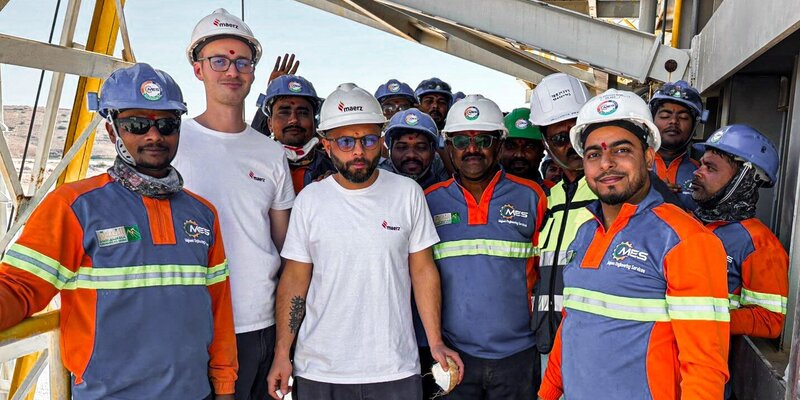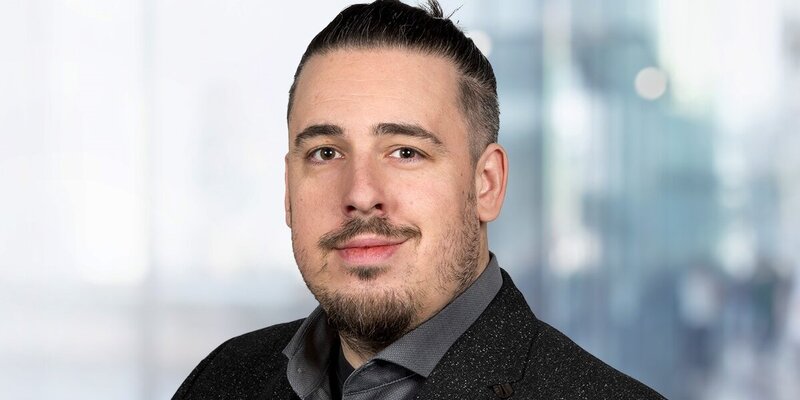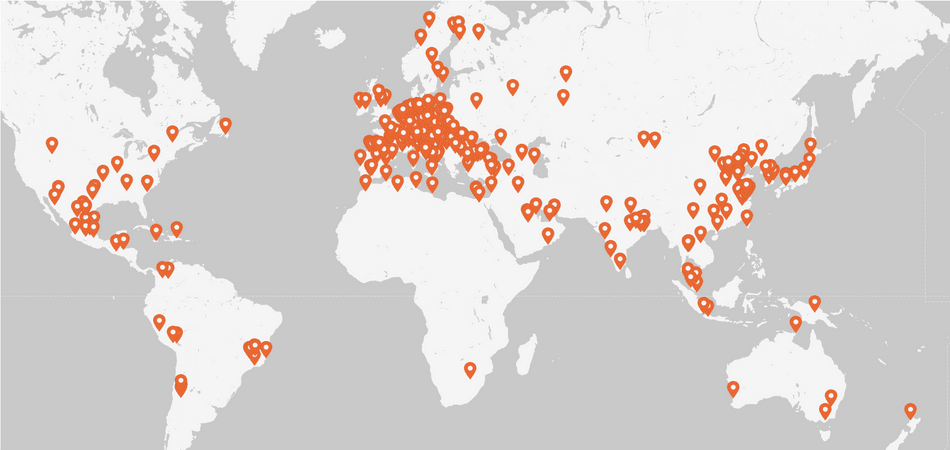The conference once again focused on the challenge of climate change and how the lime industry can respond. We discussed forward-looking solutions, including the use of renewable energy, CO₂ capture technologies and our revolutionary Maerz EcoKiln® kiln technologies.
Patrick Bucher, Head of Process Technology at Maerz, gave a presentation on the energy consumption of various technologies from the enrichment to the liquefaction of CO₂ in the flue gas of lime kilns, which forms an essential basis for the economic efficiency of a combination of lime kiln and CO₂ treatment plant. He contrasted the traditional PFR kiln with modern technologies such as the oxyfuel fired Maerz PFR kiln and the Maerz EcoKiln®:
PFR kiln with oxyfuel technology:
This solution, which in many cases can be applied by retrofitting an existing PFR kiln, doubles the CO₂ concentration in the flue gas to 44%, eliminating the need for amine scrubbing. Thanks to the energy-efficient Pressure Swing Adsorption (PSA) technology used instead of amine scrubbing, the total energy consumption of the kiln and enrichment/liquefaction plant is only 990 kWh per ton of lime in thermal terms and 380 kWh per ton of CO₂ captured in electrical terms.
The Maerz EcoKiln®:
This technology increases the CO₂ concentration in the flue gas to over 90 % and makes it possible to completely dispense with a CO₂ enrichment plant upstream of the liquefaction plant. This not only significantly reduces the investment costs for CO₂ treatment, but the total energy consumption of the kiln and liquefaction plant is also very low compared with other plant constellations, at 1,080 kWh of thermal energy per ton of lime and 260 kWh of electrical energy per ton of captured CO₂.
Maerz EcoKiln® technology offers the lime industry a sustainable and future-proof solution with low energy consumption and high CO₂ capture rates to achieve the ambitious targets for reducing CO₂ emissions.
You can find the link to the presentation slides here.
An excursion to Heidelberger Materials' Brevik cement plant showed participants an amine scrubber used to remove CO₂ from a partial stream of the rotary kiln's flue gas.
The gala dinner at the Fram Museum in Oslo, where the expedition ship 'Fram' used by Fridtjof Nansen and Roald Amundsen to explore the North and South Poles is on display, concluded the conference and provided the perfect backdrop to embark on the journey towards a carbon-neutral lime industry.
See you in Sydney next year!






